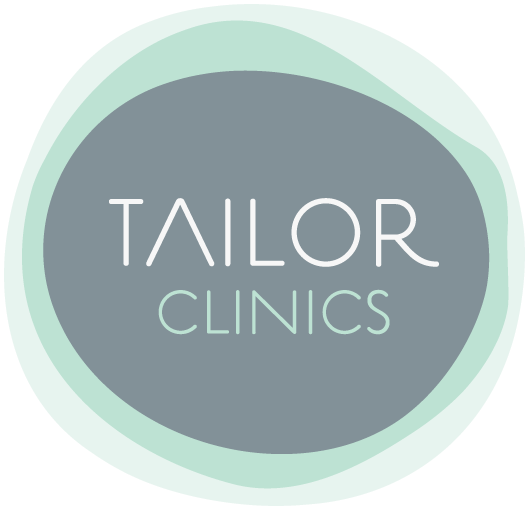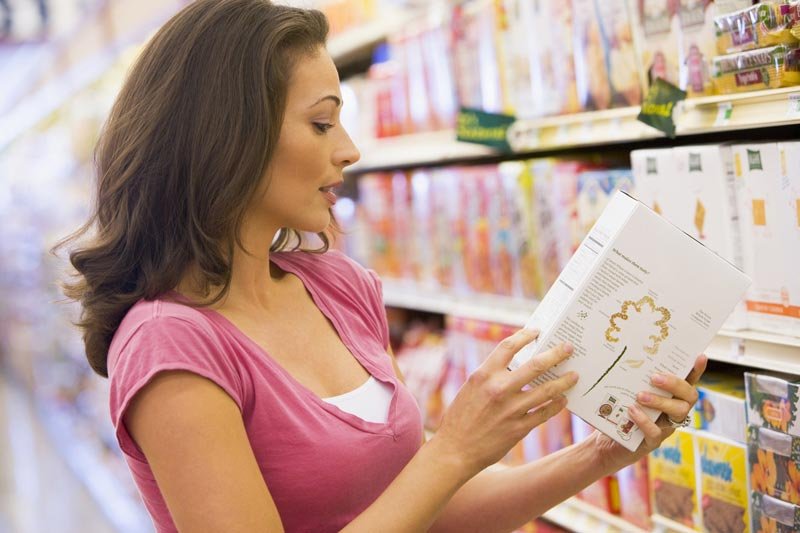What Are You Really Buying? Food Label Guide
Choosing healthy packaged food can be difficult especially with all the marketing slogans and health claims. As a general rule, it’s best to look at the nutrition information panel on the side or back of a product to determine if the food you’re purchasing really is as healthy as the marketing claims make it out to be.
But what does it all mean?
Below we unpack a few terms you will find on food labels so that you’re able to make healthy food choices!
Percentage Daily Intake
Unless you’re an average male (approximately 75 kilograms), this is not much help to you. Again, it’s best to look at the nutritional information panel to help you make a healthy choice for you.
Ingredients
This can be a good place to start when choosing a new product. Ingredients are listed from the greatest to the smallest by weight. If a food’s first ingredient is sugar, then you know that it isn’t a good choice.
You’ll also note that the label contains the percentage of the key or characterising ingredient of the food (often the ingredient used in the name). For example, canned tomatoes will show the percentage of tomatoes in the ingredients list and an apricot muesli cereal will declare the percentage of apricots present.
Serving Size
Like Percentage Daily Intake, the suggested serving size is often unhelpful as it rarely reflects the amount we actually eat. This is because a serving size will differ between each person depending on a number of variables such as your hunger, activity level, health needs, and personal preferences.
Foods that come in “personal serving size” portions such as bottled water, yoghurts, and snacks are particularly confusing as these products often state multiple serves. It’s a good idea to pay attention to the serving size, especially how many servings there are in the food package, asking yourself, “How many servings am I getting from this packet?”
100g Column
This should be the area of the nutritional information panel that you most frequently use when reading food labels. This column is particularly helpful in allowing you to compare similar products, selecting products that meet the 10:10 guidelines (less than 10 grams of fat and 10 grams of sugar per 100 grams).
WATCH OUT FOR HIDDEN SUGAR
No added sugar doesn’t mean that there isn’t any sugar in a product. It just means that they didn’t add any! The product could still contain a lot of natural sugar, like in dried fruit, honey or fruit juices, so check the nutrition information panel.
Breakfast Cereals
While tasty, breakfast cereals can have a lot of added sugar so take care when reading labels! It may be best to opt for a low sugar option such as oats, Weet-bix, or the SOS granola if you’re looking for low sugar breakfast cereal.
Yoghurt
This is a great addition to your breakfast to give you that additional boost of protein however you’ll need to keep an eye out for the fat and sugar. Make sure you read the label and opt for yoghurts that have less than 10g of fat and 10 grams of sugar.
Protein Bars
Are an easy and convenient way to get a good protein load. However many contain the same sugar as a chocolate bar and one serving can be more than enough.
Remember, whole food doesn’t have or need a nutritional label!

